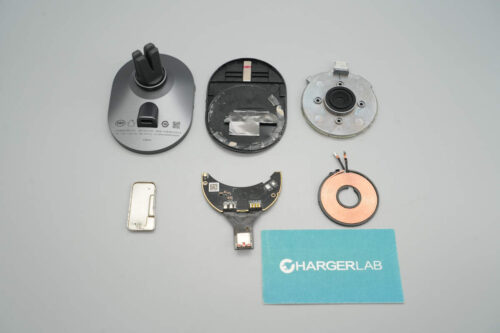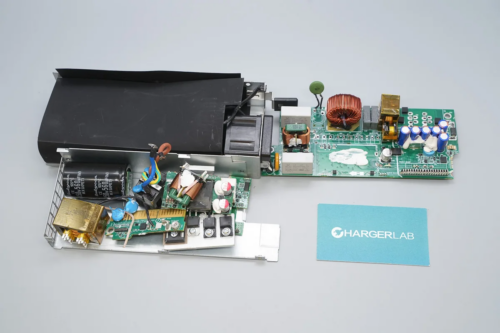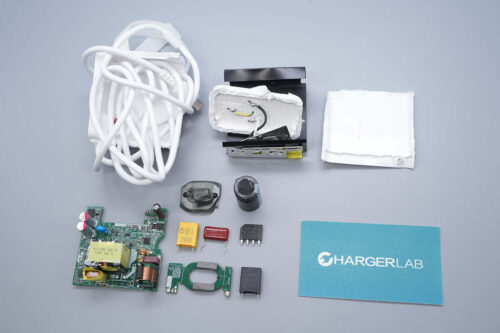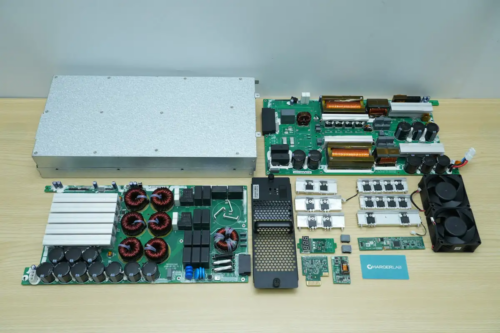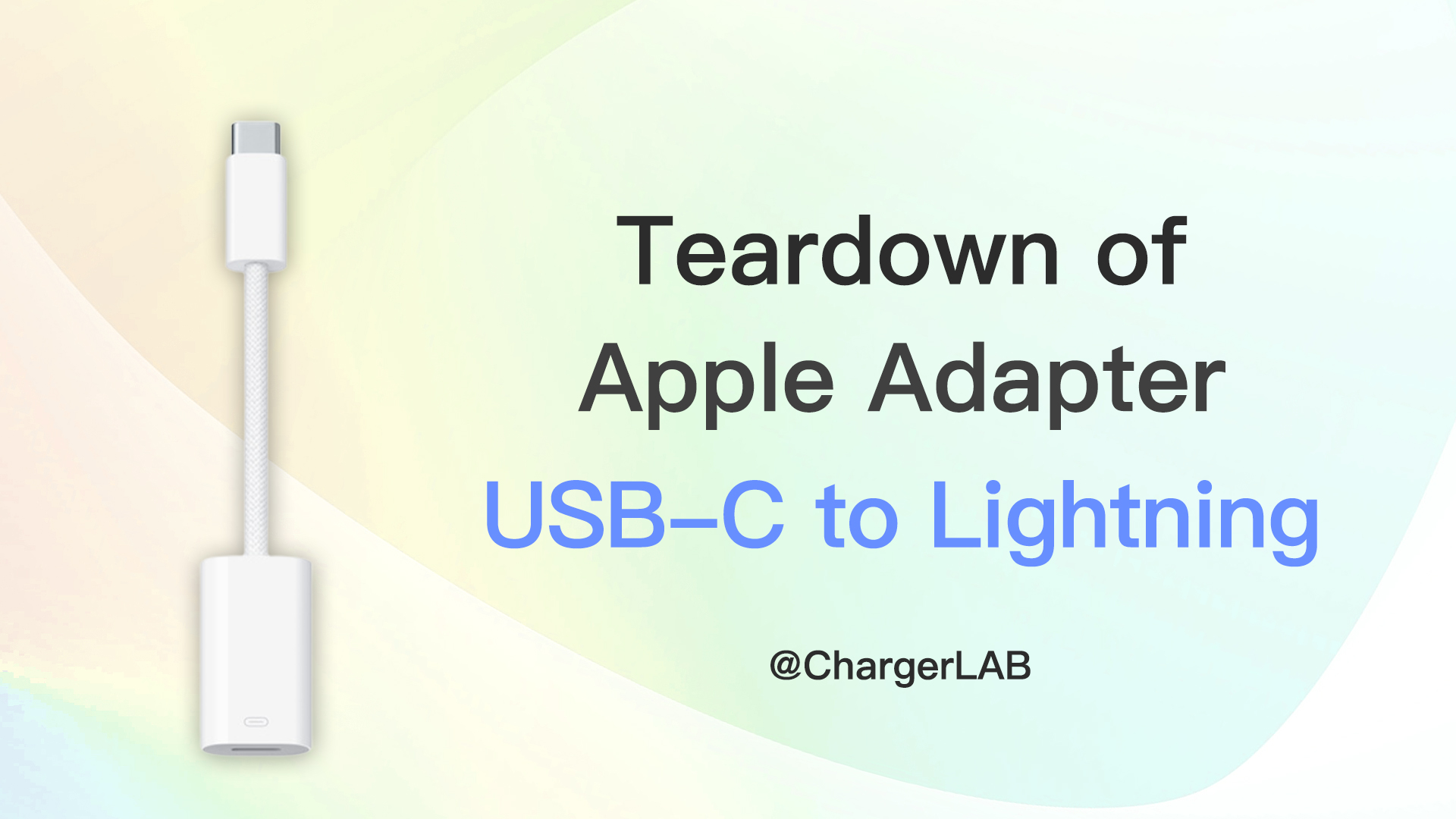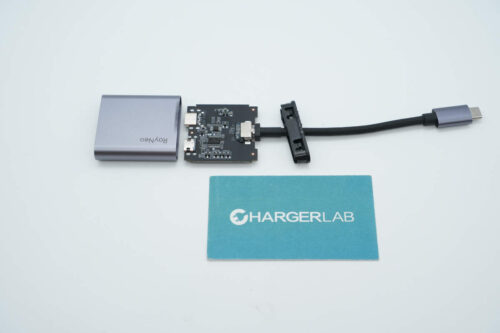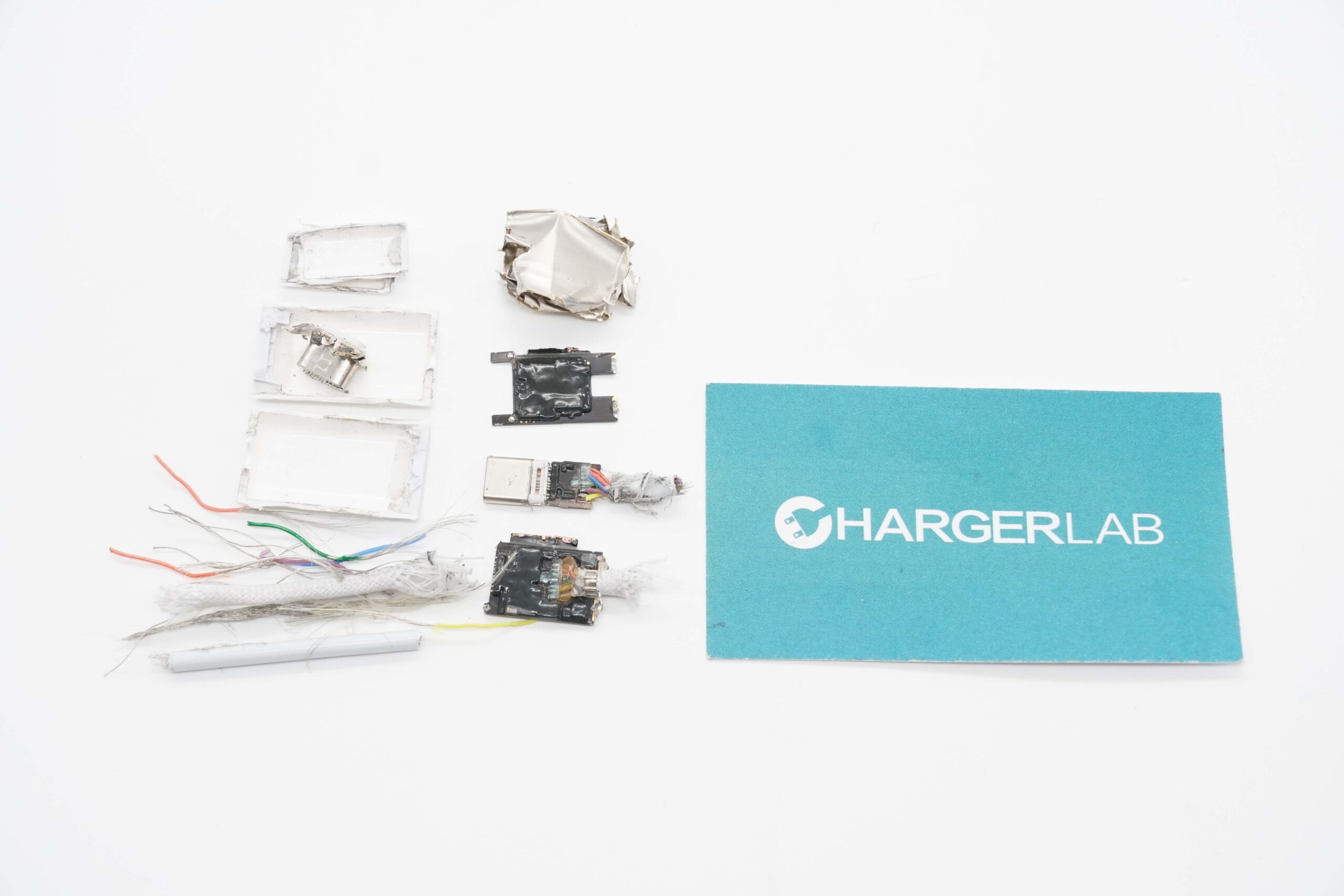Introduction
Whether it's a desktop or a laptop, for most ordinary users, these devices are typically used for 5-6 years or even longer, except for productivity-focused professionals and hardcore gamers who may frequently upgrade their equipment. However, the rapid popularity of USB-C ports in recent years has made it somewhat awkward to use these old devices.
To address this, HP has introduced a 4.5mm and USB Dock Adapter. This product features a USB-A port and an 4.5mm port on one end, and a USB-C port on the other end. This configuration allows it to support both charging via USB-C to old DC ports and data transmission from USB-A to USB-C, revitalizing old devices. Now let's take a look at the internal components of this product.
Product Appearance
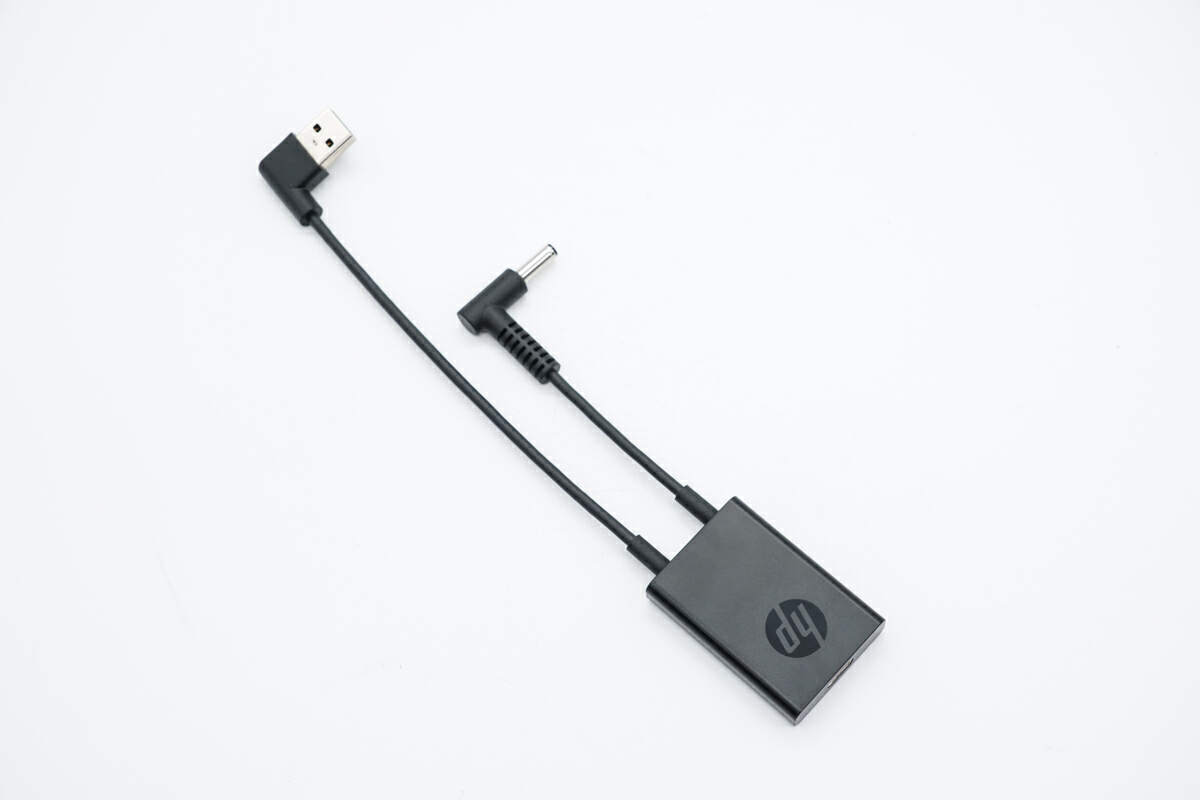
This adapter is compact and flat, with a short USB and 4.5mm DC extension cable. When paired with mainstream GaN chargers, it can easily be taken along and used to charge and transfer data for older laptops.
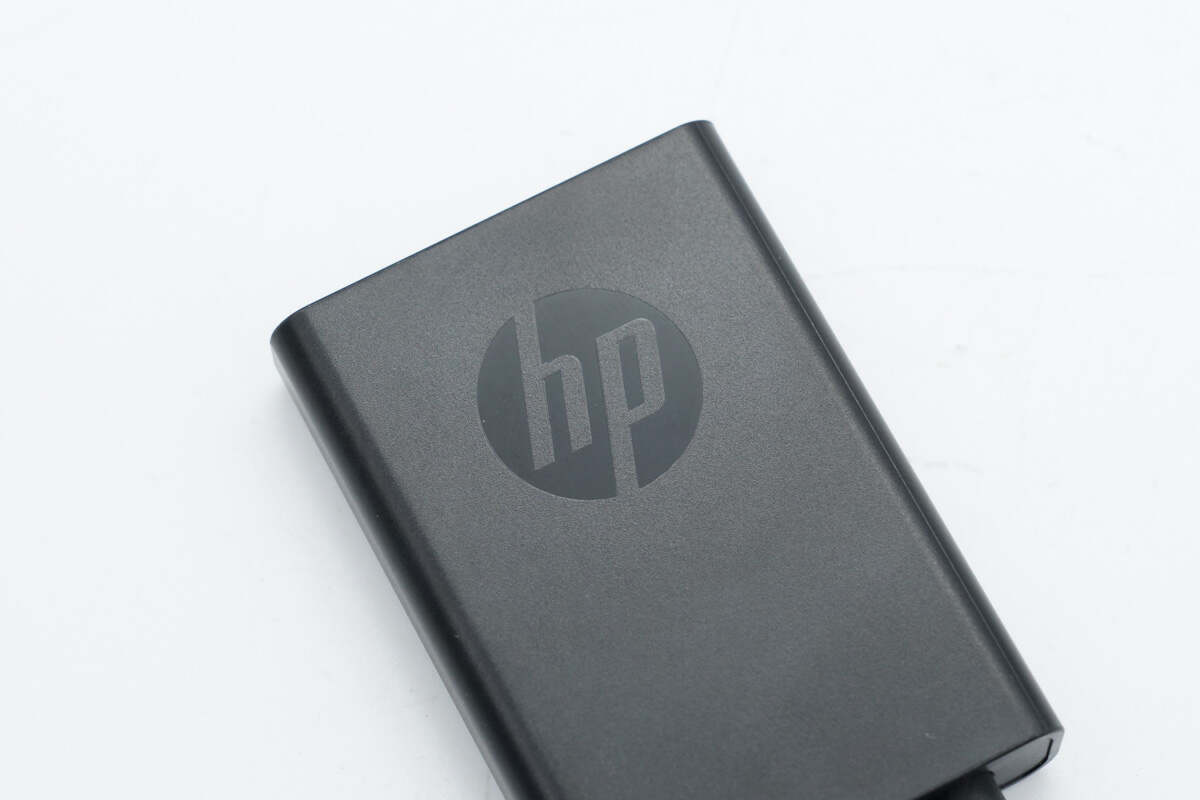
Its case is matte to resist fingerprints and has the HP logo on the top.
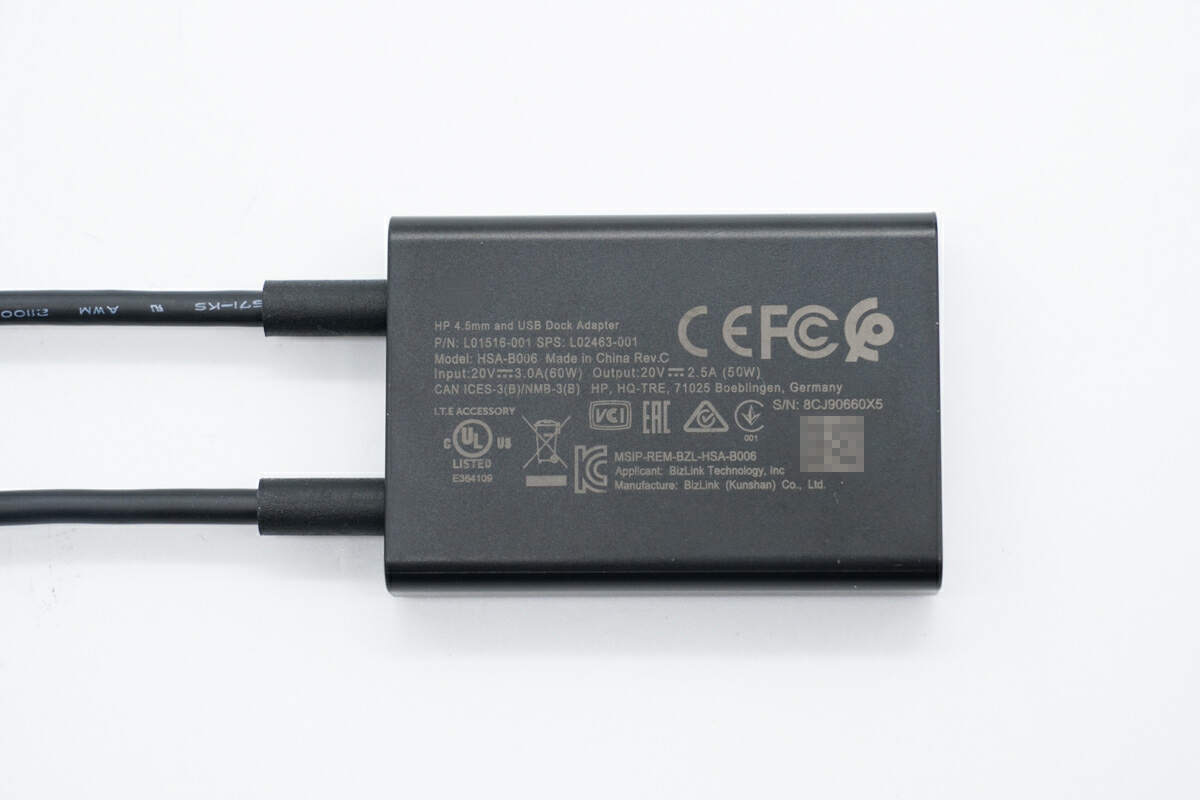
And all the specs info are printed on the back. Model is HSA-B006, it can support input of 20V3A, and the output can be up to 20V2.5A. It has passed CE, FCC, CP, VCCI, EAC, RCM, UL, KC certification.
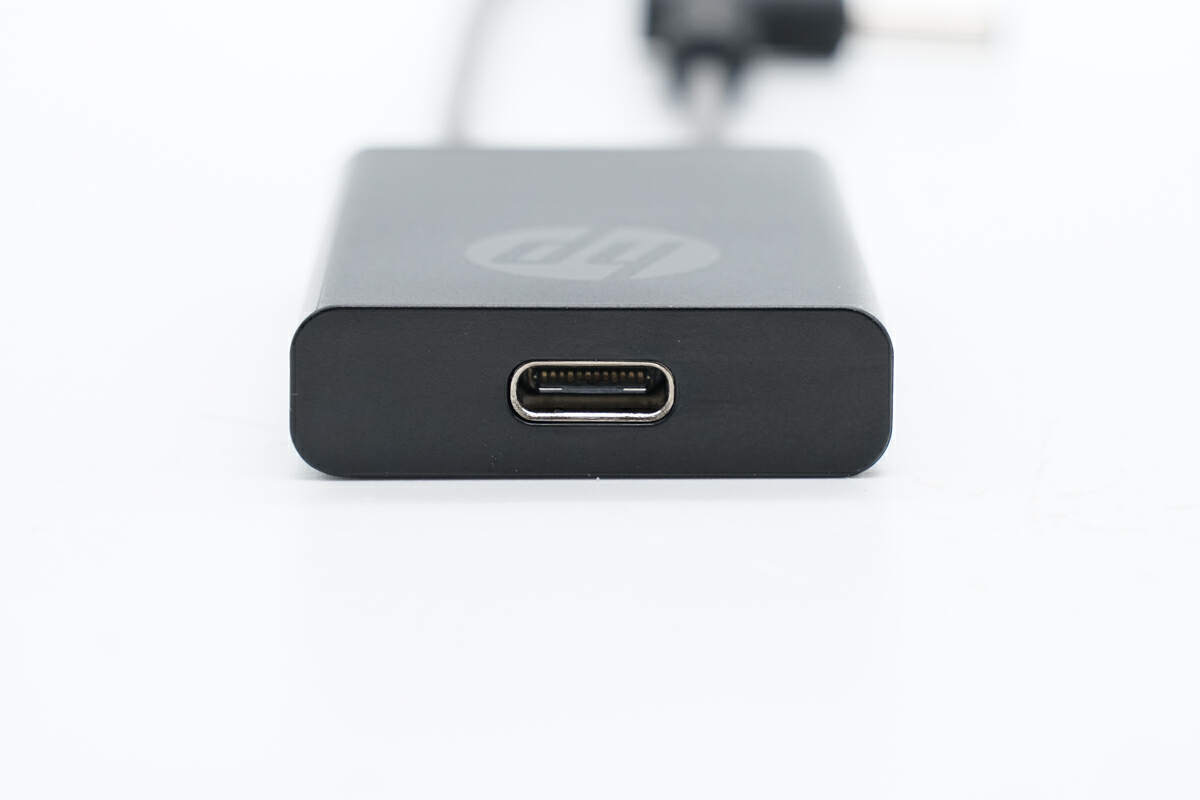
The USB-C port with 24 pins is located at the bottom, as advertised by the official promotion, it can be used to connect to a docking station to achieve functions such as network sharing and display expansion.
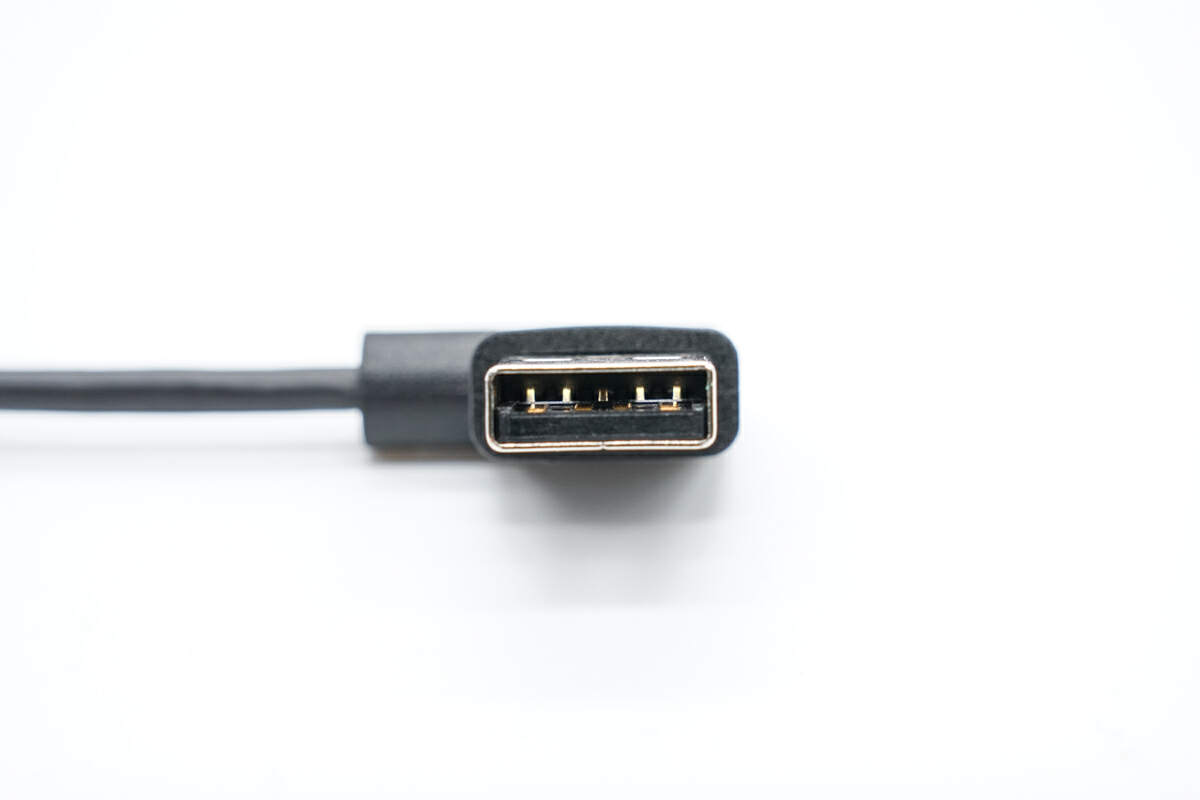
On the other end, one of the extension cables terminates in a USB-A port, featuring an independent 9-pin design. It is officially stated to support the USB 3.0 transmission.
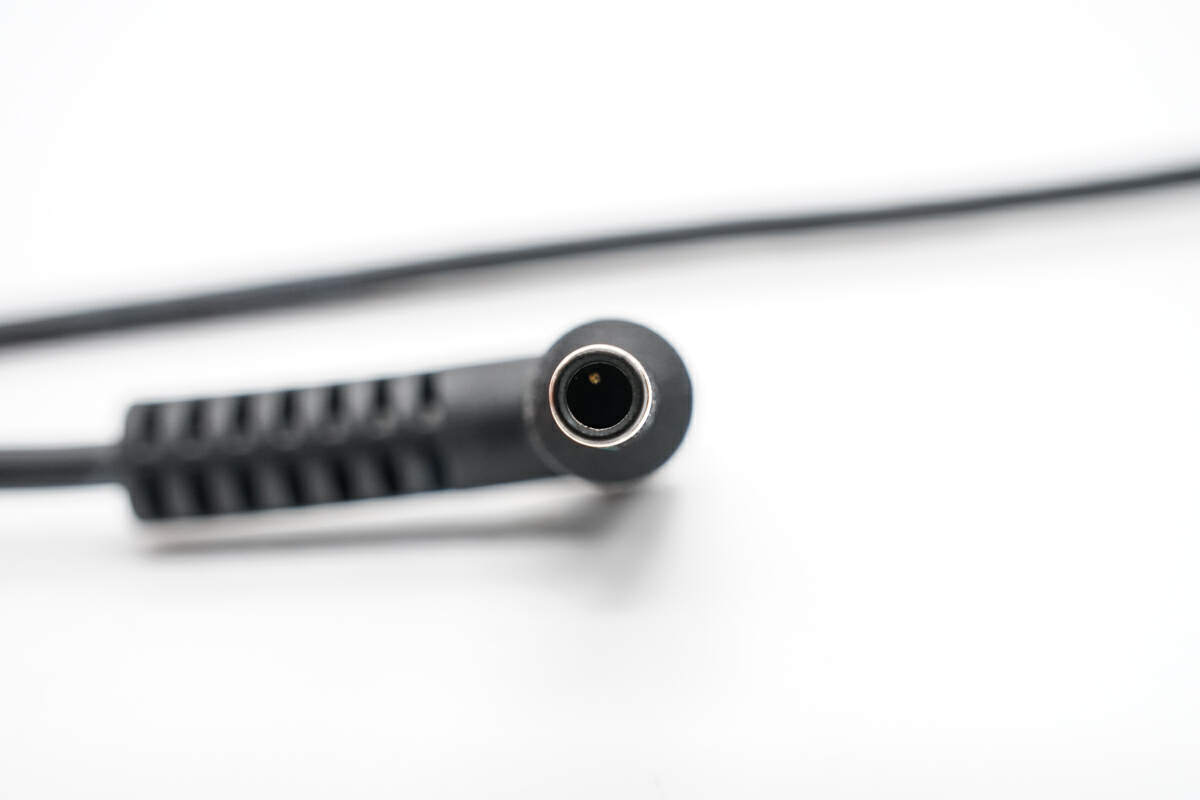
The other extension cable terminates in an HP-style old-fashioned 4.5mm port, which is now rarely seen on modern devices and is primarily used as a power supply port.
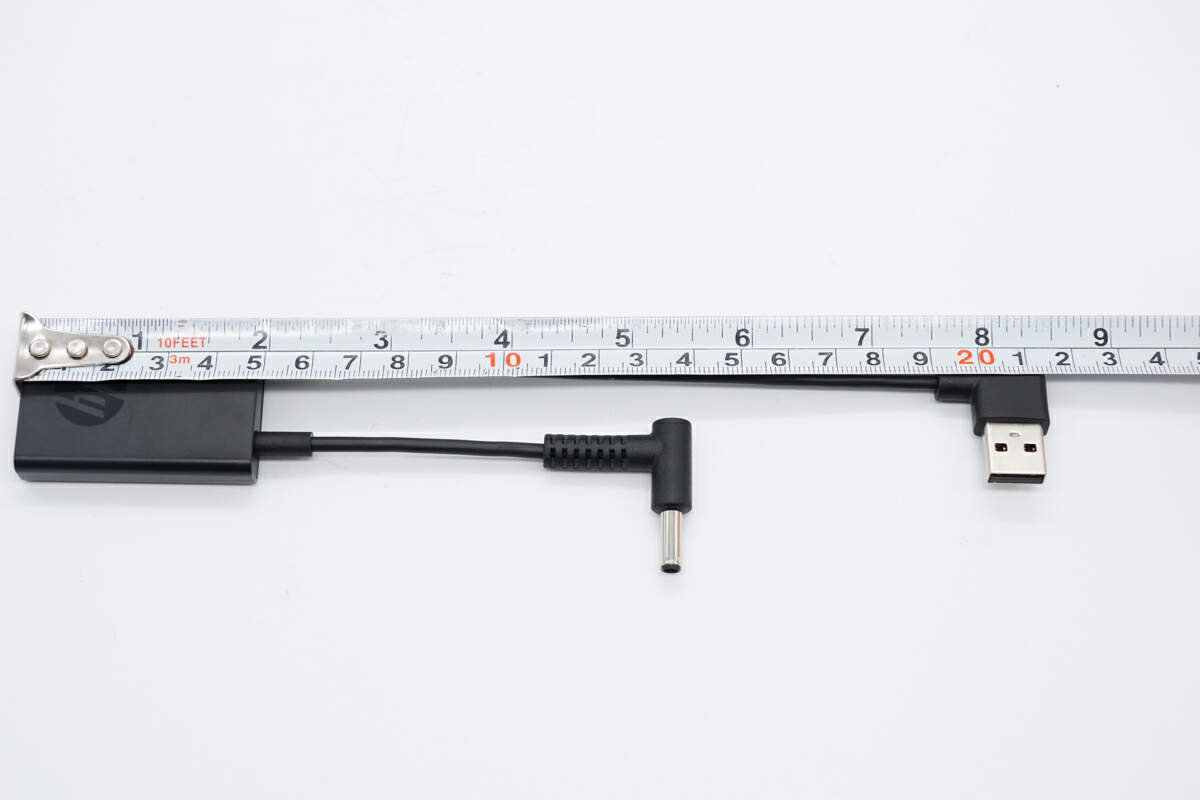
The extension cable lengths are approximately 16cm (6.30 inches) and 9cm (3.54 inches) respectively.
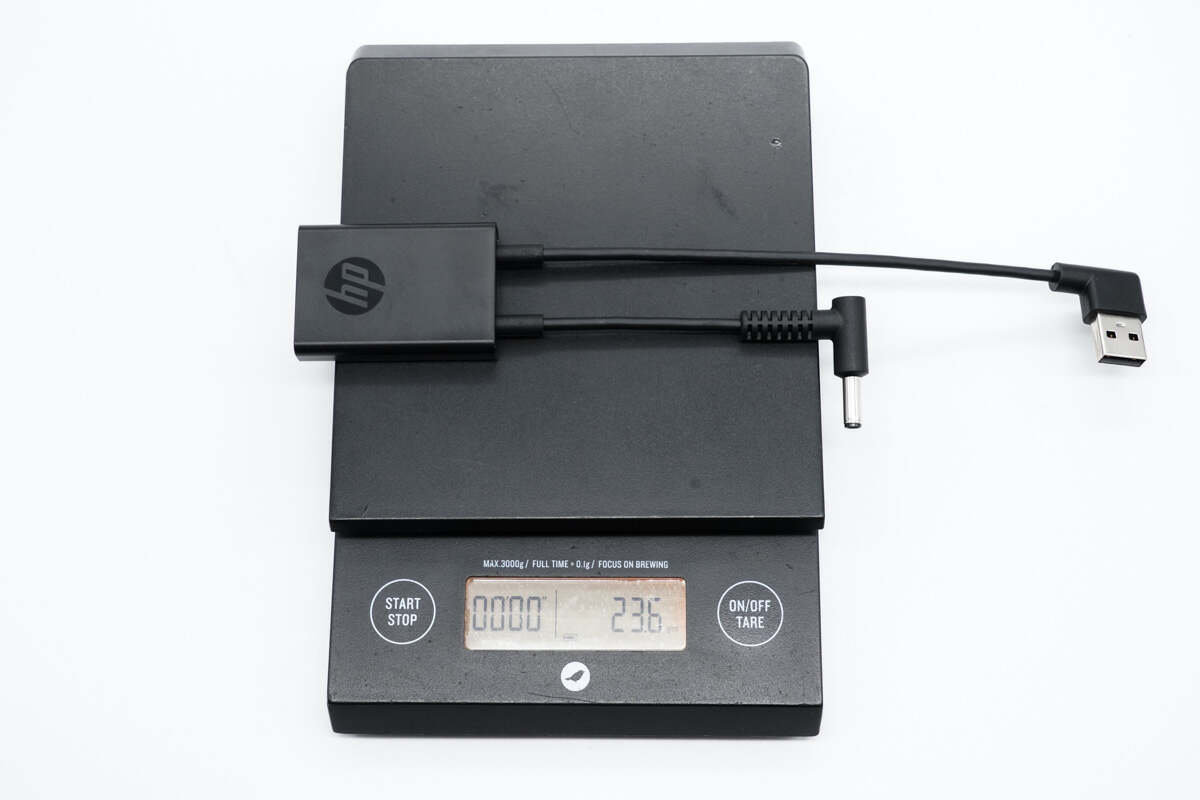
And the weighs is about 24g (0.85 oz).
Teardown
Next, let's take it apart.
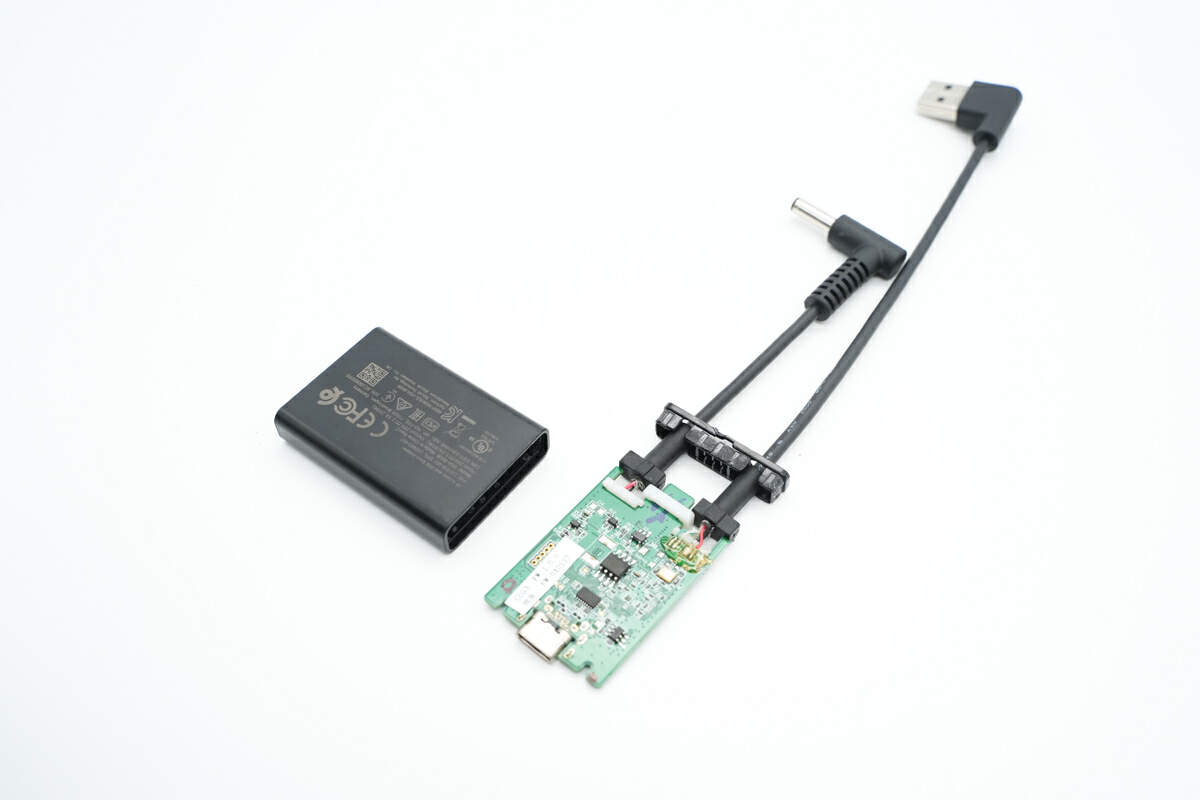
As usual, use a spudger to pry along the gap and take out the PCBA module.
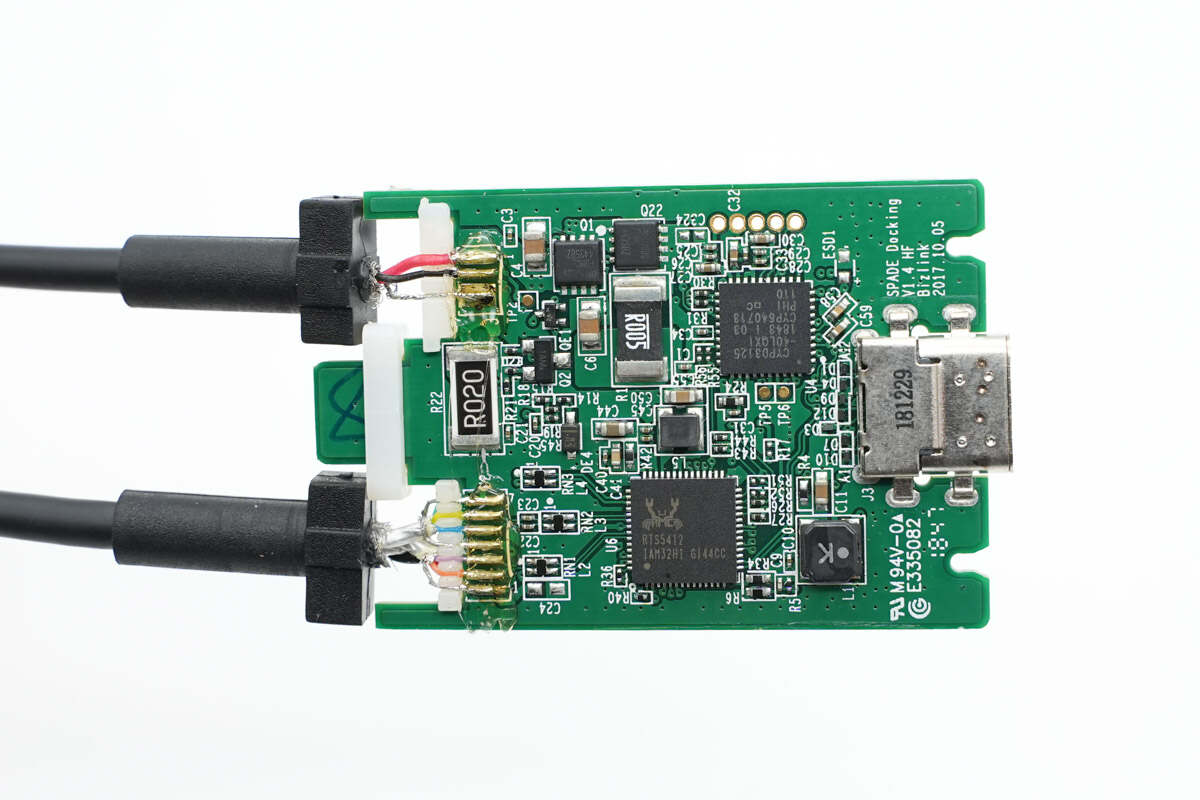
The current sensing resistor, USB hub chip and USB-C protocol chip are on the front of the PCBA module.
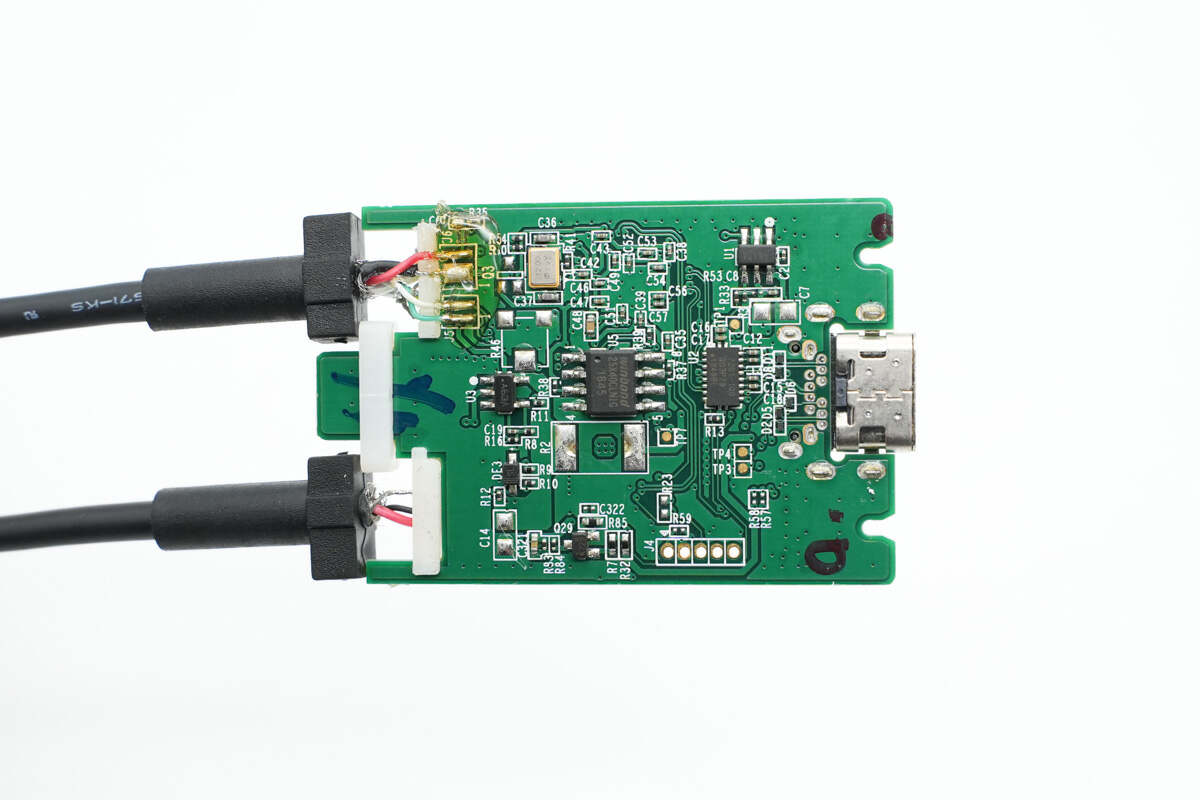
And the crystal oscillator, memory are on the back.
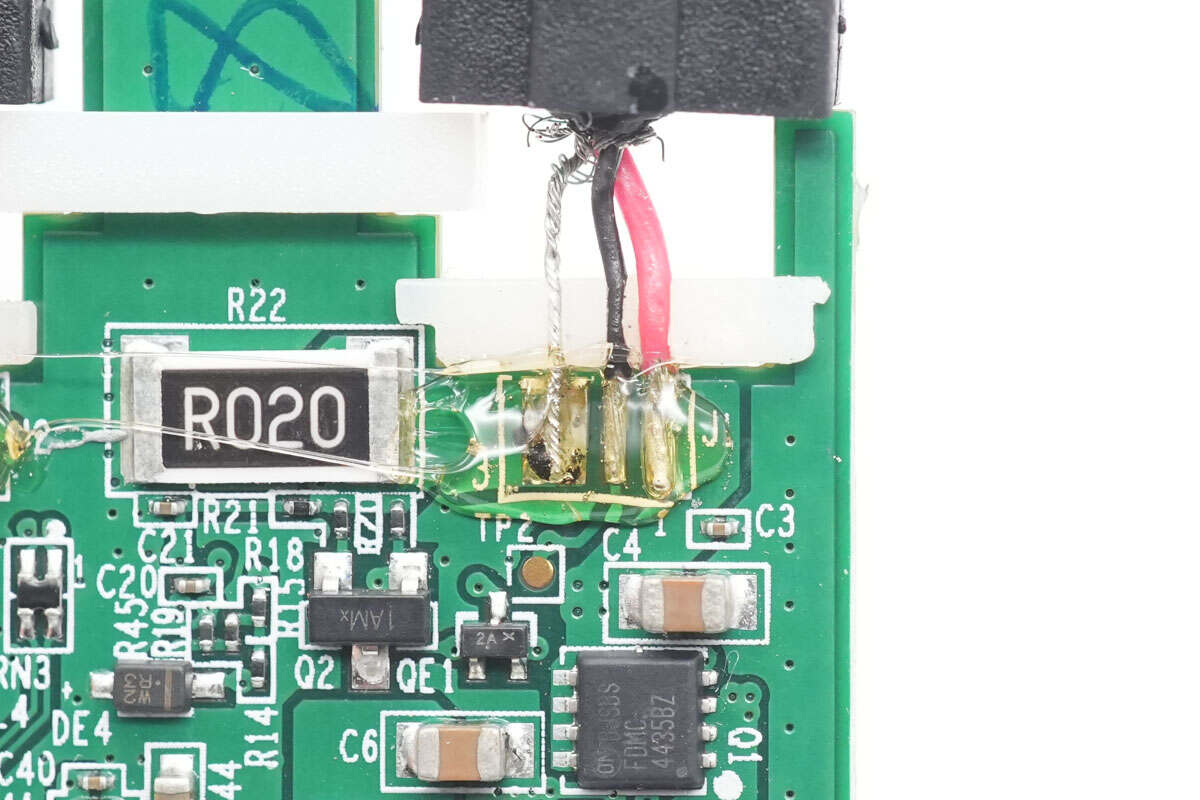
On the 4.5mm DC side, there is a shielded net for the negative pole, the red wire for the positive pole, and a thin black wire in the middle used for power identification.
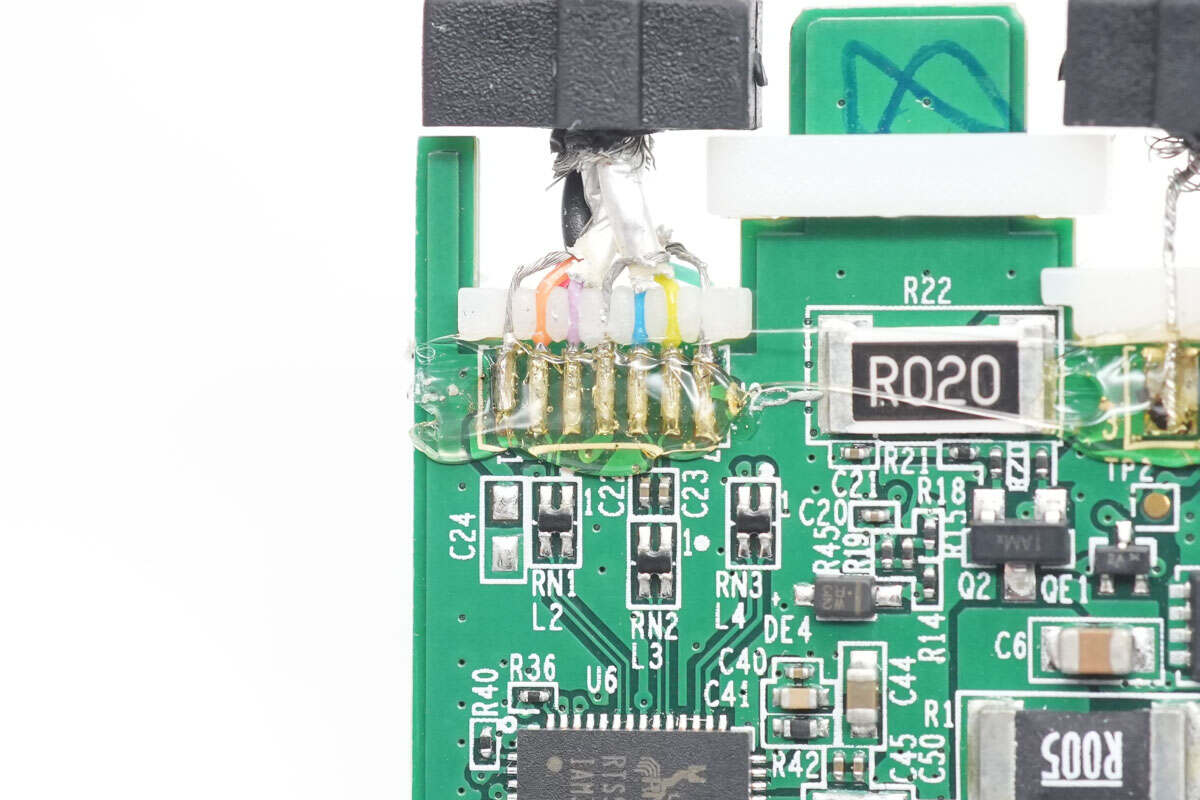
Some USB3.0 wires are on the USB-A front side.
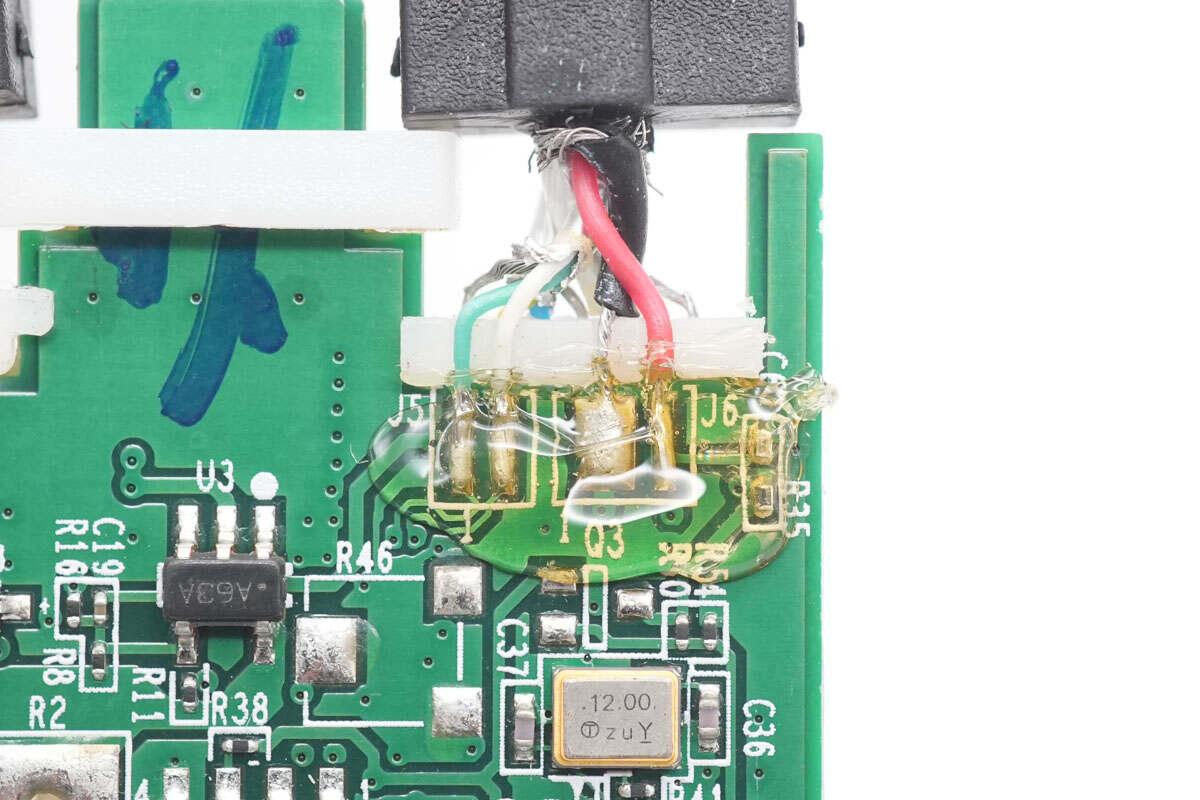
And the USB2.0, power wires are on the back.
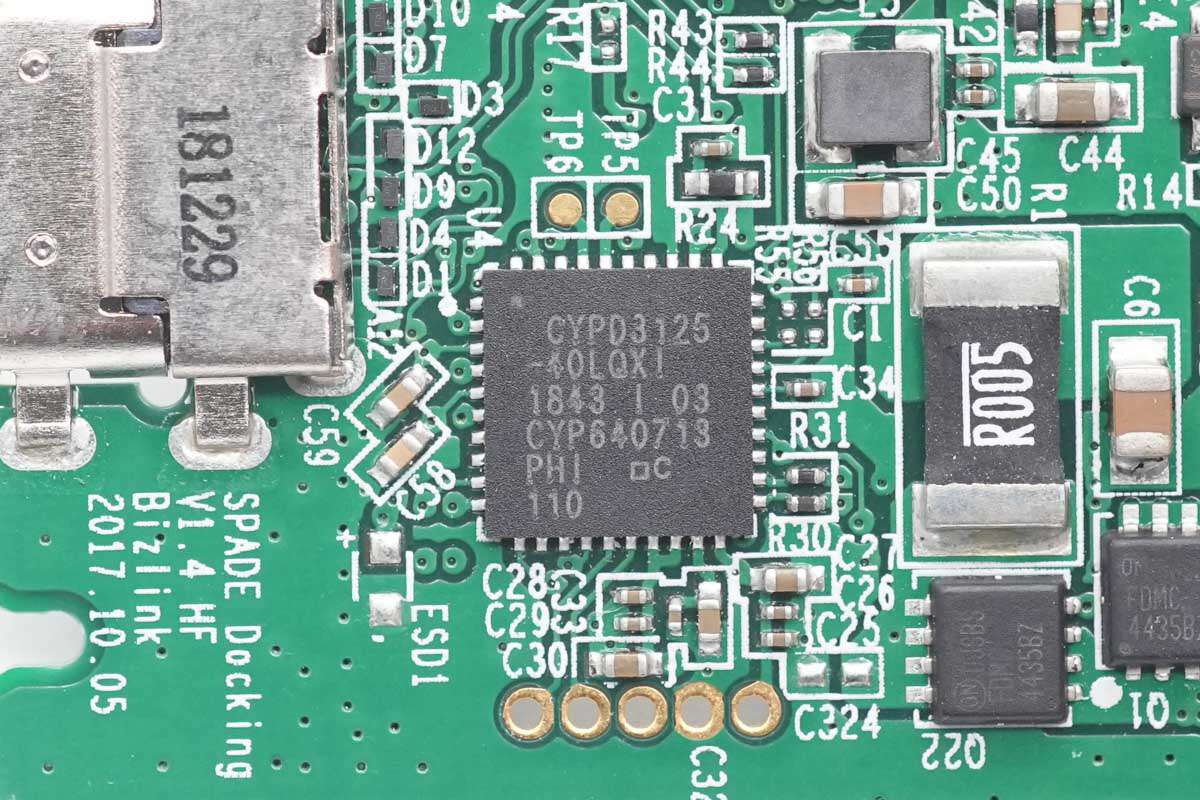
The USB-C protocol chip is from the Infineon EZ-PD CCG3 series. It integrates a 48MHz ARM M0 processor, VCONN power supply, and supports the USB-C port. The model is CYPD3125-40LQXI.
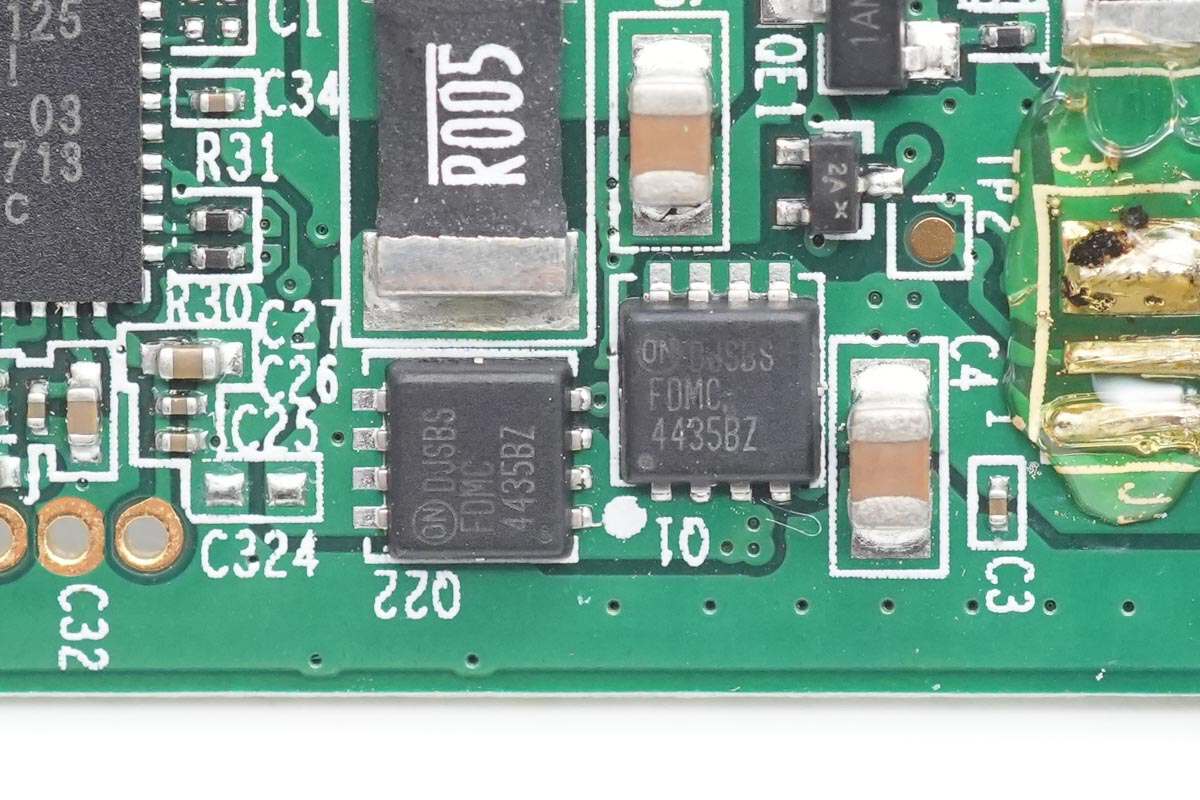
Two VBUS MOSFETs are from Onsemi, and they are connected in series for power supply control. Model is FDMC4435BZ. 30V 20mΩ.
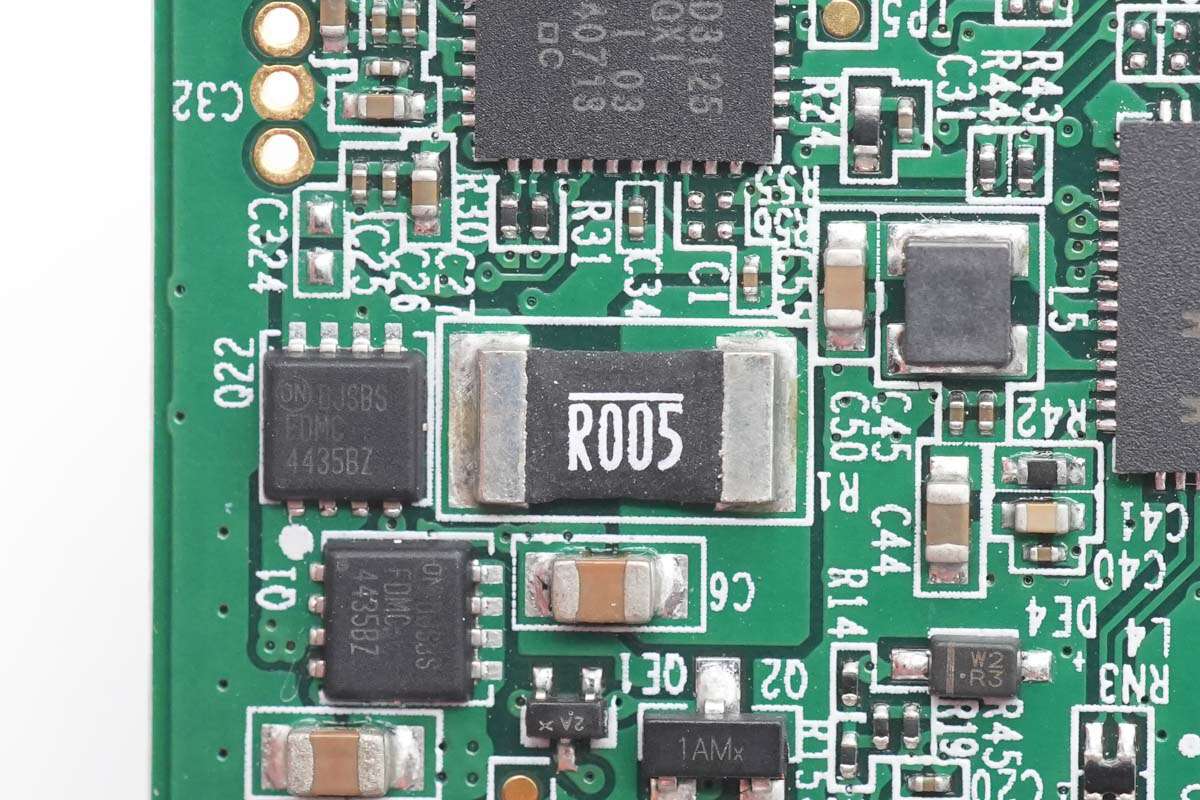
The R005 sampling resistor for detecting port current adopts 2512 package. 5mΩ.
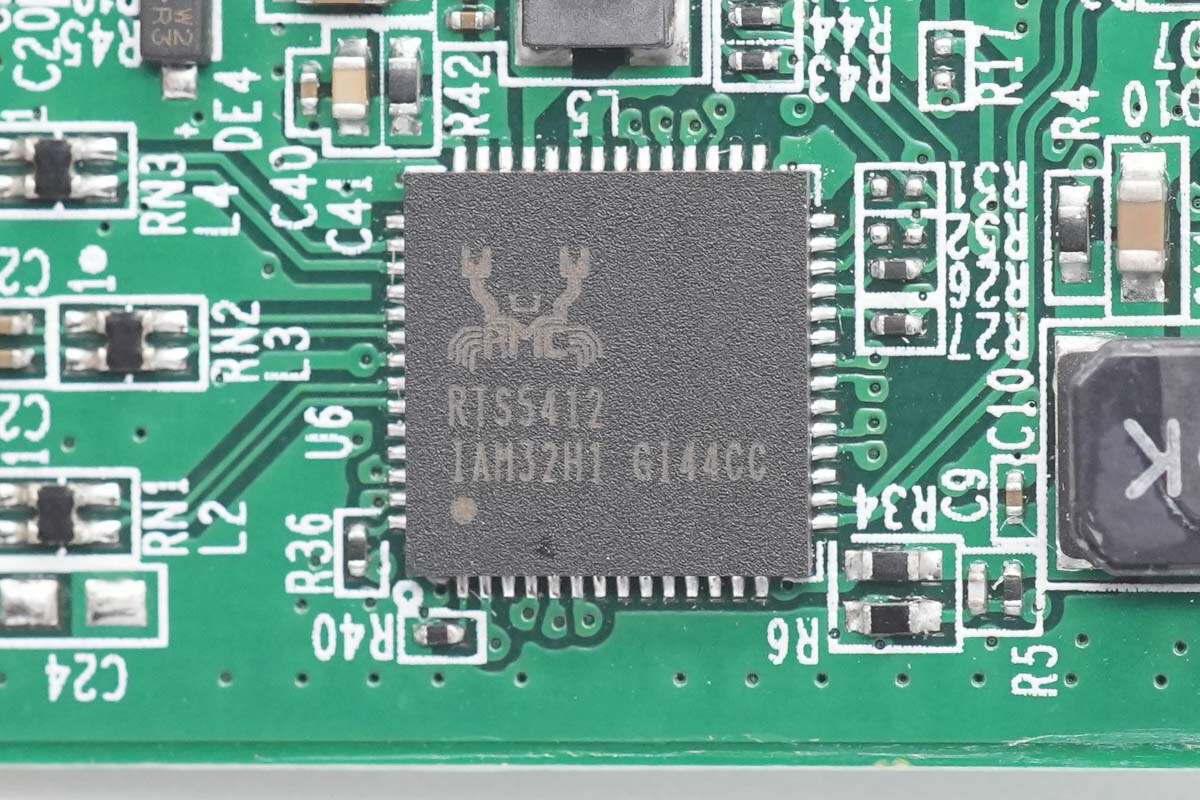
The USB hub chip is from Realtek, supporting dual ports, USB 3.2 Gen 1, and backward compatibility with USB 2.0 and USB 1.1. Model is RTS5412.
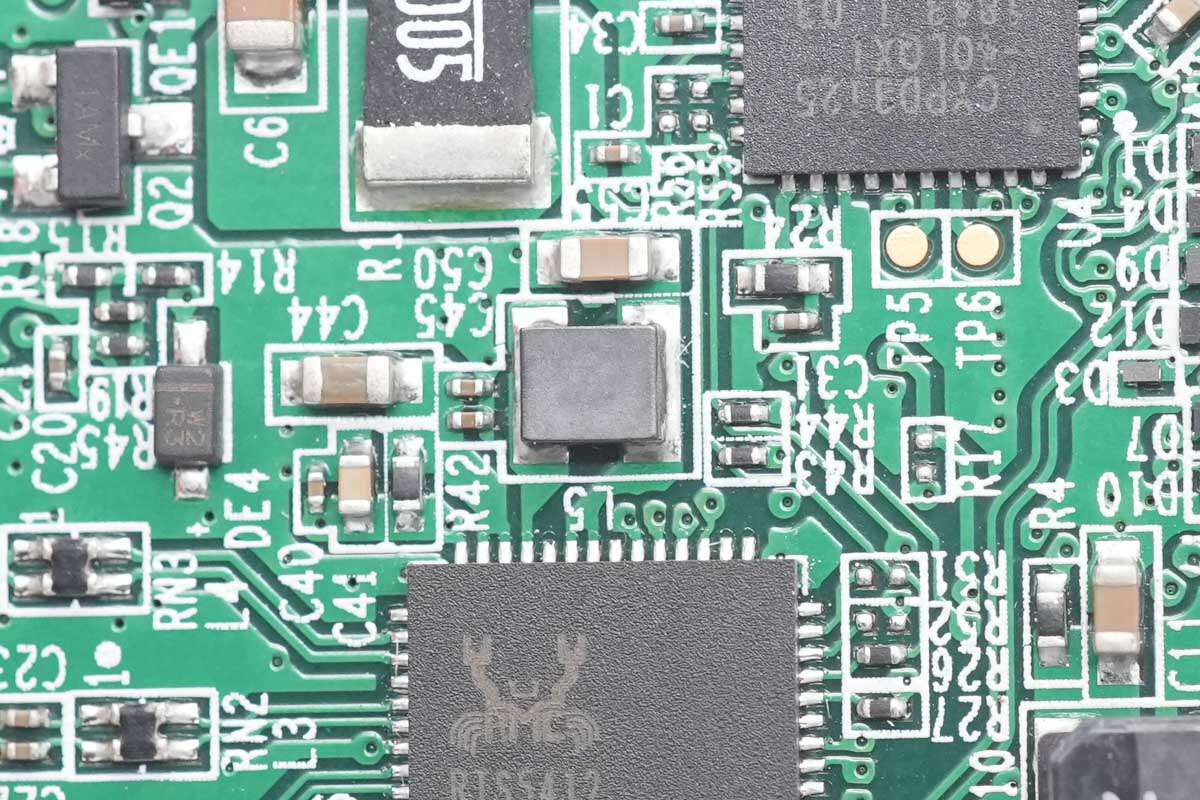
And the RTS5412 external power supply inductor is on its top.
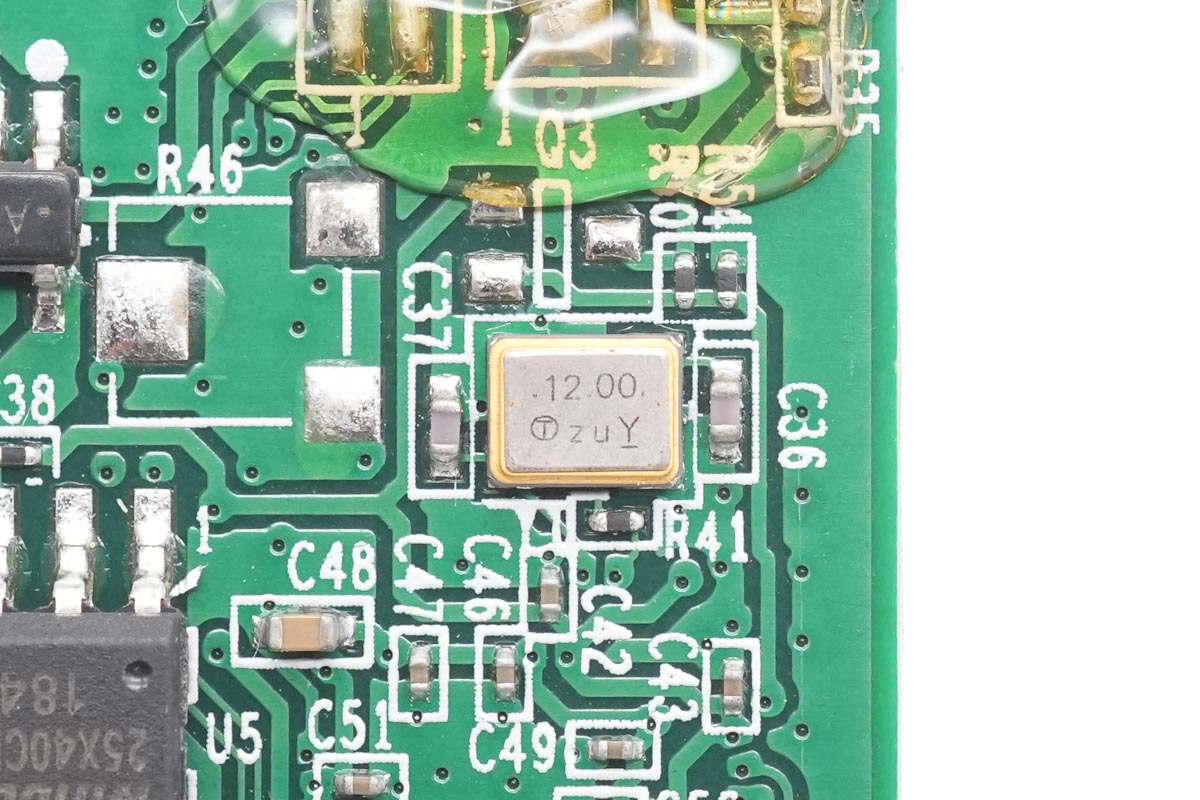
A 12.00MHz crystal oscillator provides the clock for the RTS5412.
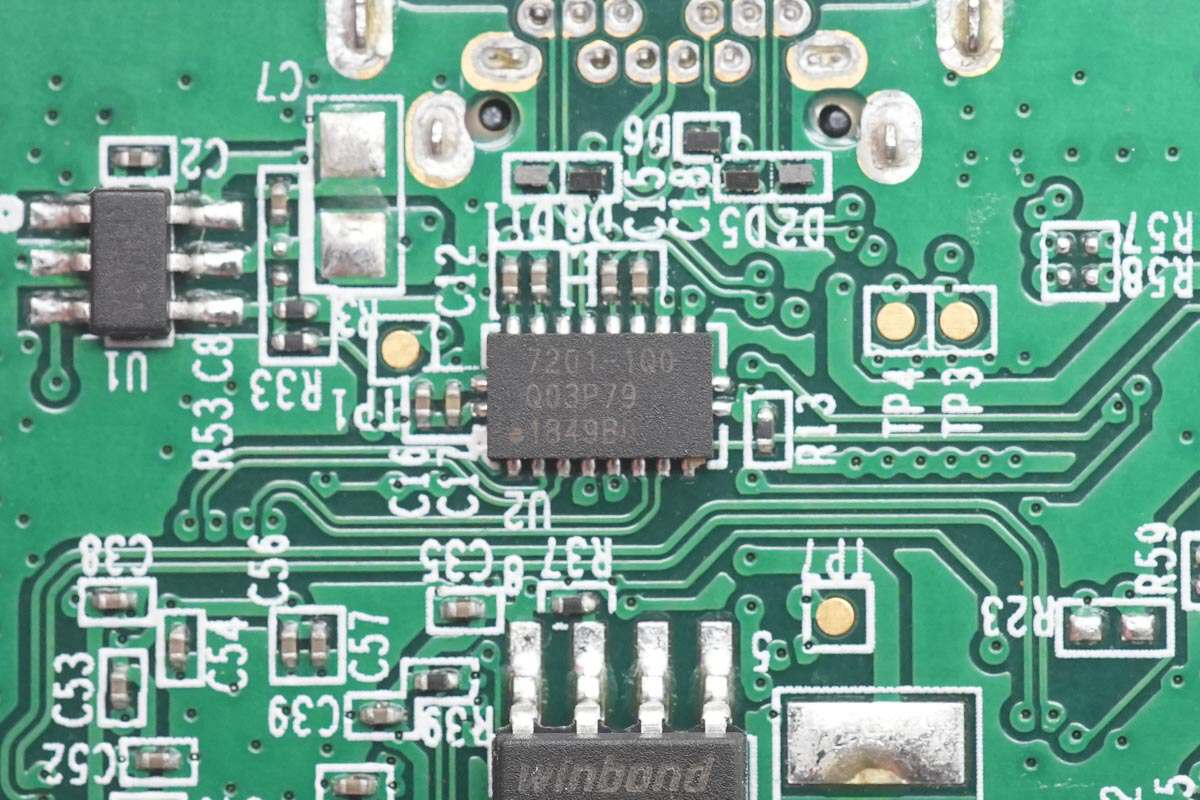
Parade Tech FL7201 multiplexer is used to switch the front and back of the USB-C port.
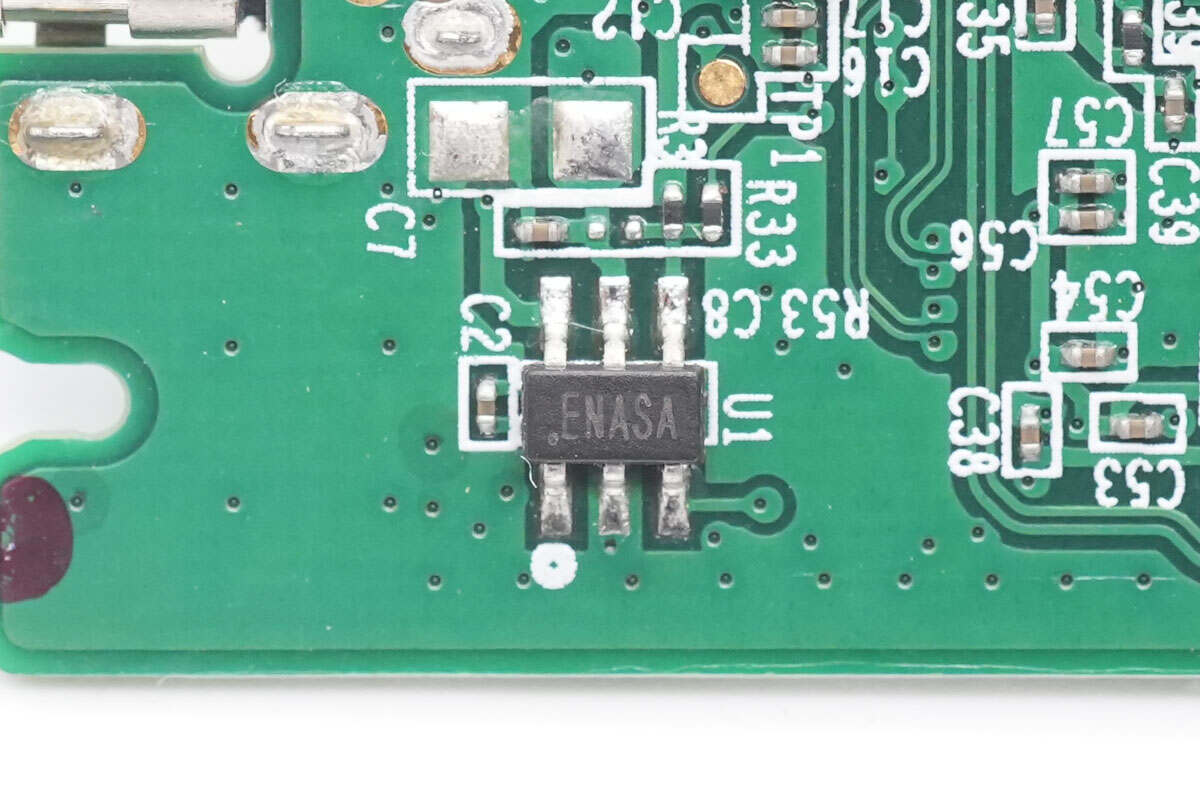
The synchronous buck regulator marked with EN is from Silergy, it has built-in MOSFET and is packaged in SOT23-6. Model is SY8201. 27V1A.

There is a buck inductor on the back of the PCB.
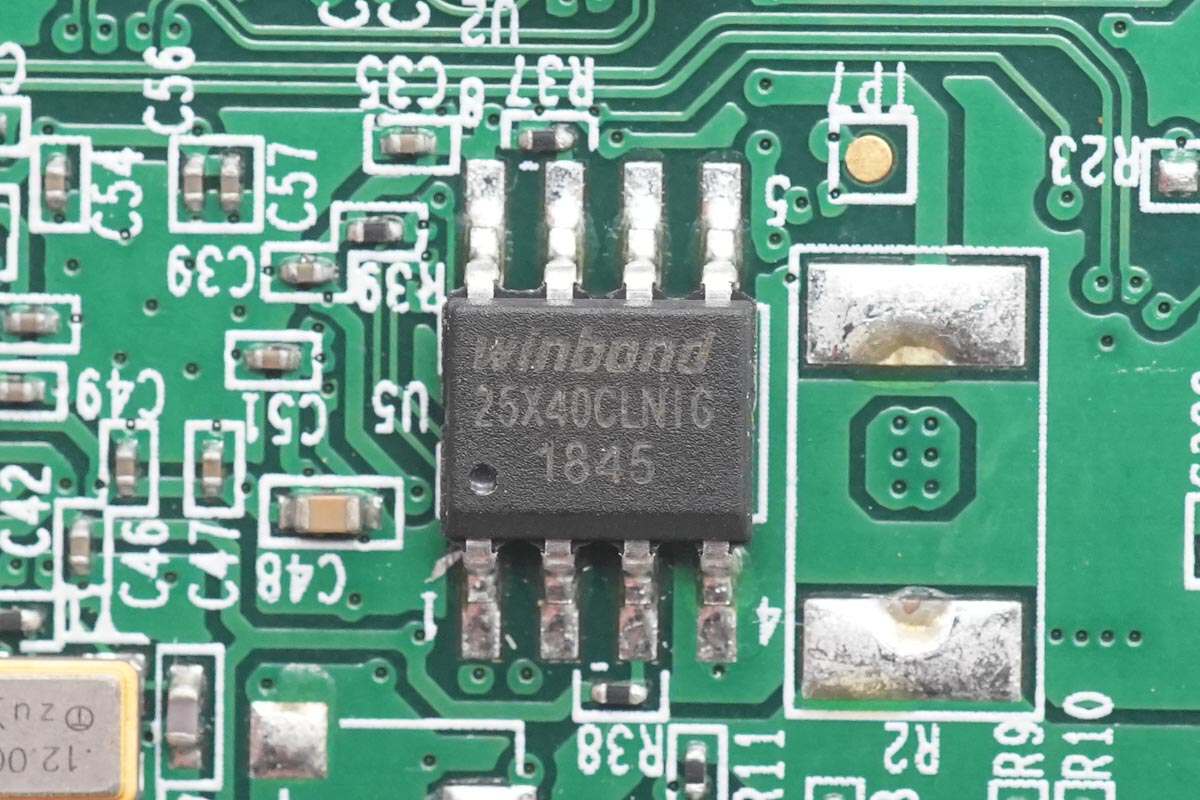
The 512KB memory is from Winbond and is used to store configuration information. Model is W25X40CLNIG.
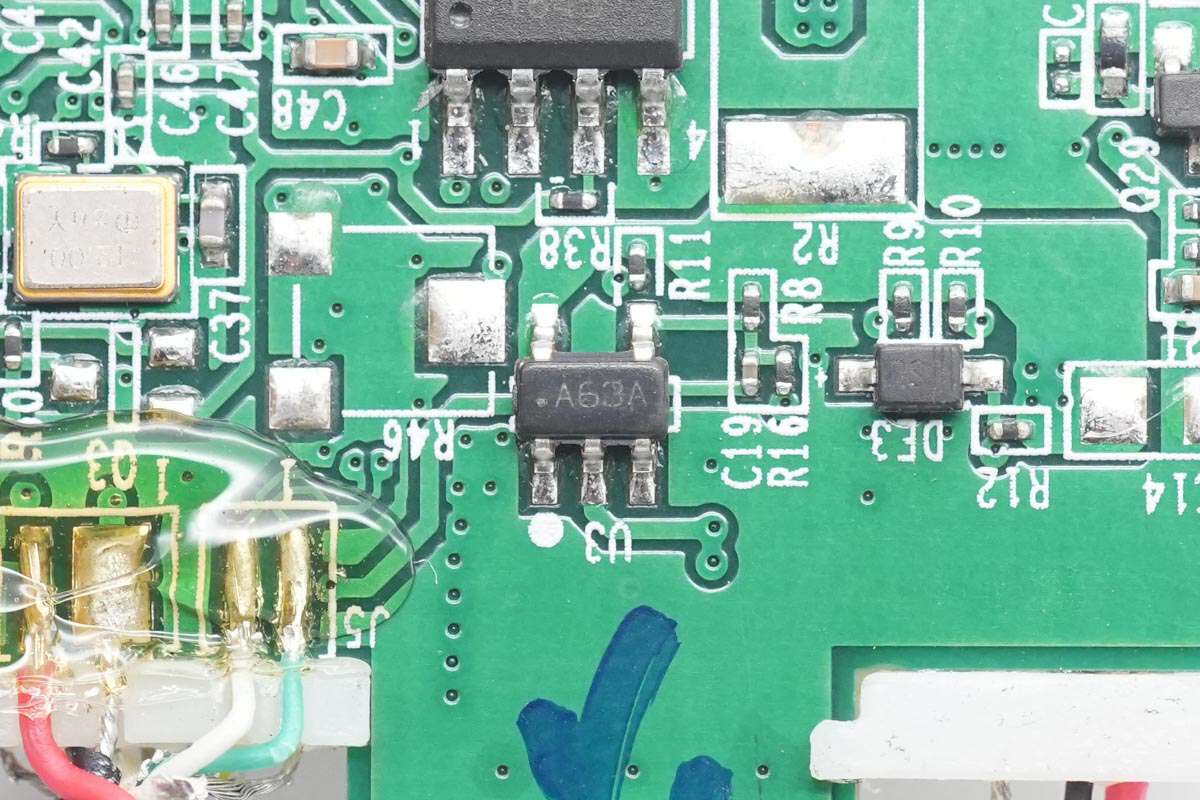
A single operational amplifier marked with A63A is used with a sampling resistor to detect the output current.
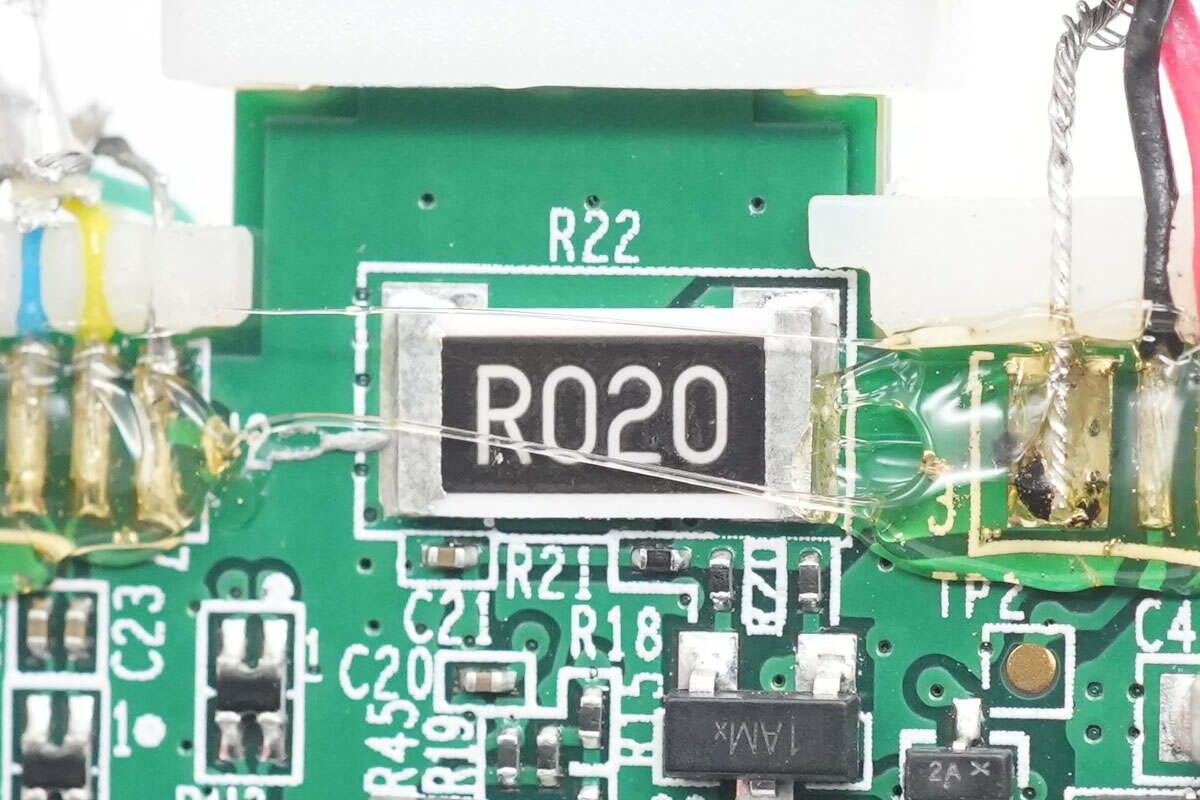
The R020 resistor is used to detect the DC port current.
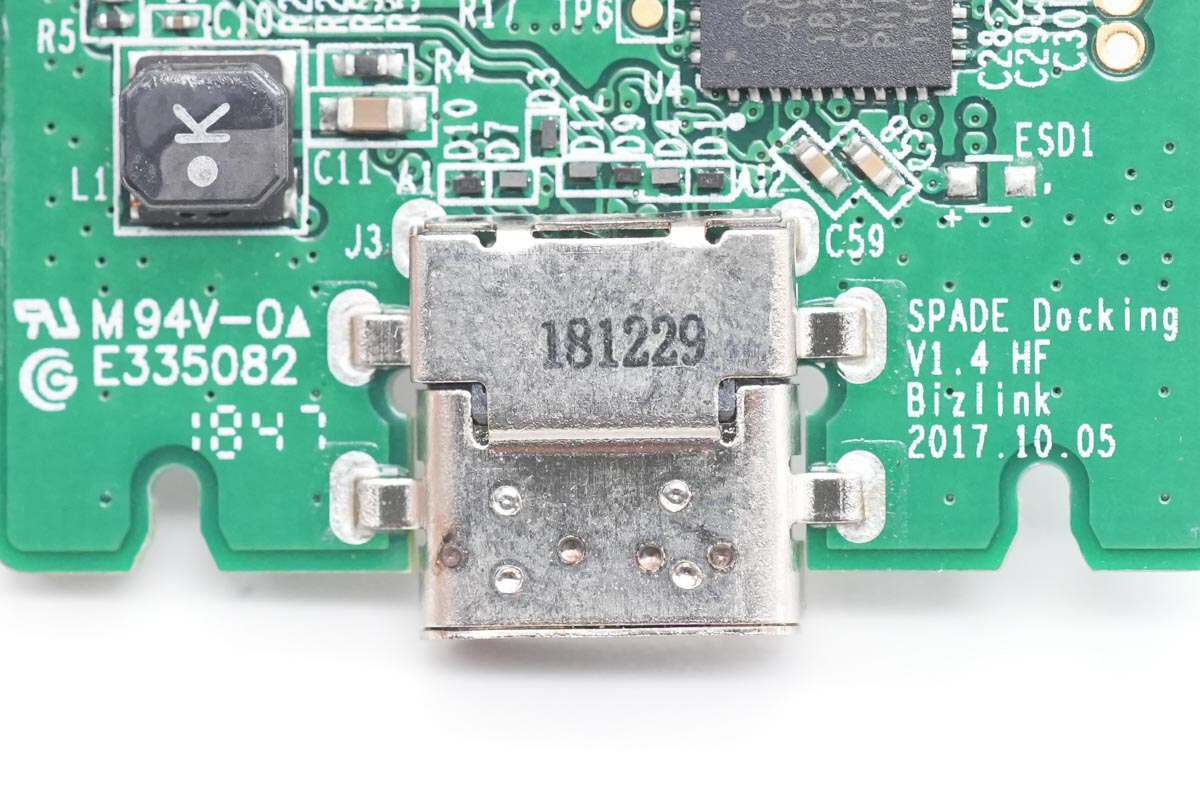
Tge USB-C socket is marked with 181229.
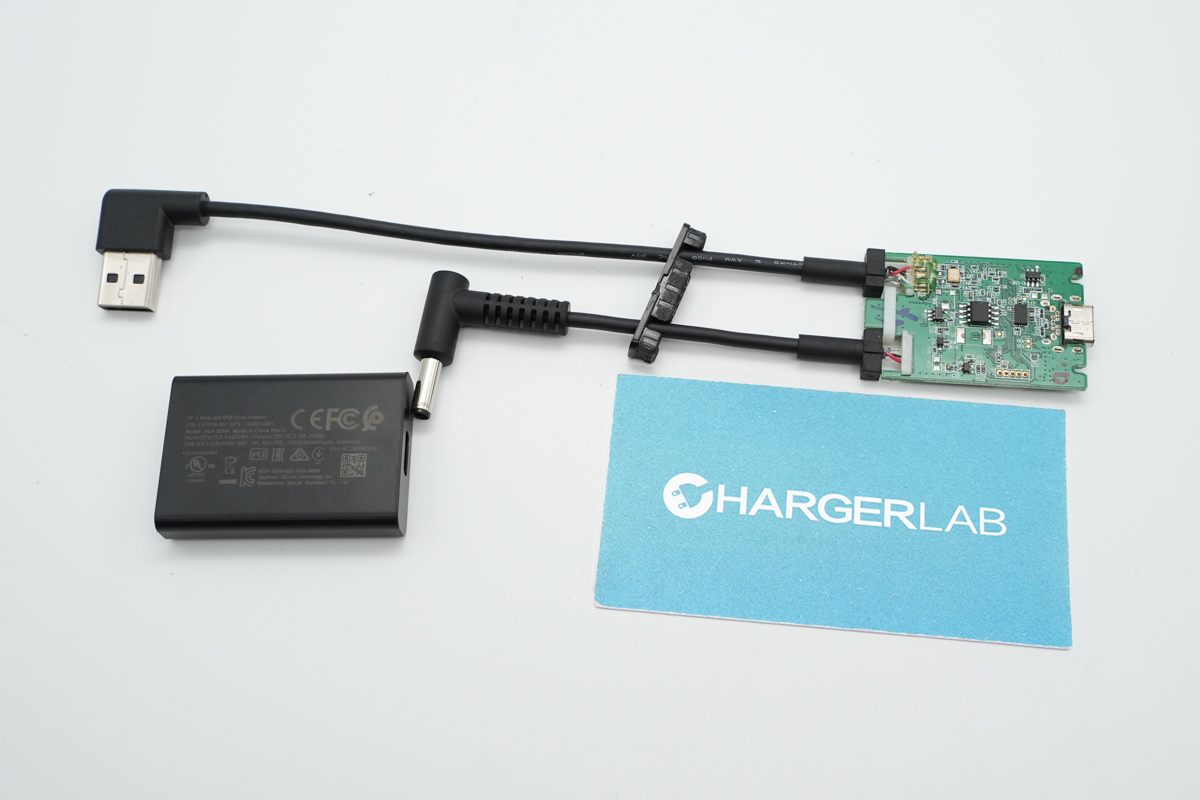
Well, that would be all components of this charger.
Summary of ChargerLAB
This HP 4.5mm and USB Dock Adapter can convert a USB-C port into traditional laptop DC port, and convert USB 3.0 to USB-C output. It can power traditional old-fashioned laptops via a USB-C docking station and supports data transmission, enabling the use of a wide range of USB-C peripherals.
It utilizes components from top-tier manufacturers such as Infineon, Onsemi, and Realtek, ensuring quality and reliability in both design and performance.
Related Articles:
1. Review of HP 4.5mm DC to USB-C AC Adapter
2. Review of HP Thunderbolt 4 Cable
3. Surprising Outcome? ChargerLAB Compatibility 100 for HP ProBook 450 G10 Notebook

